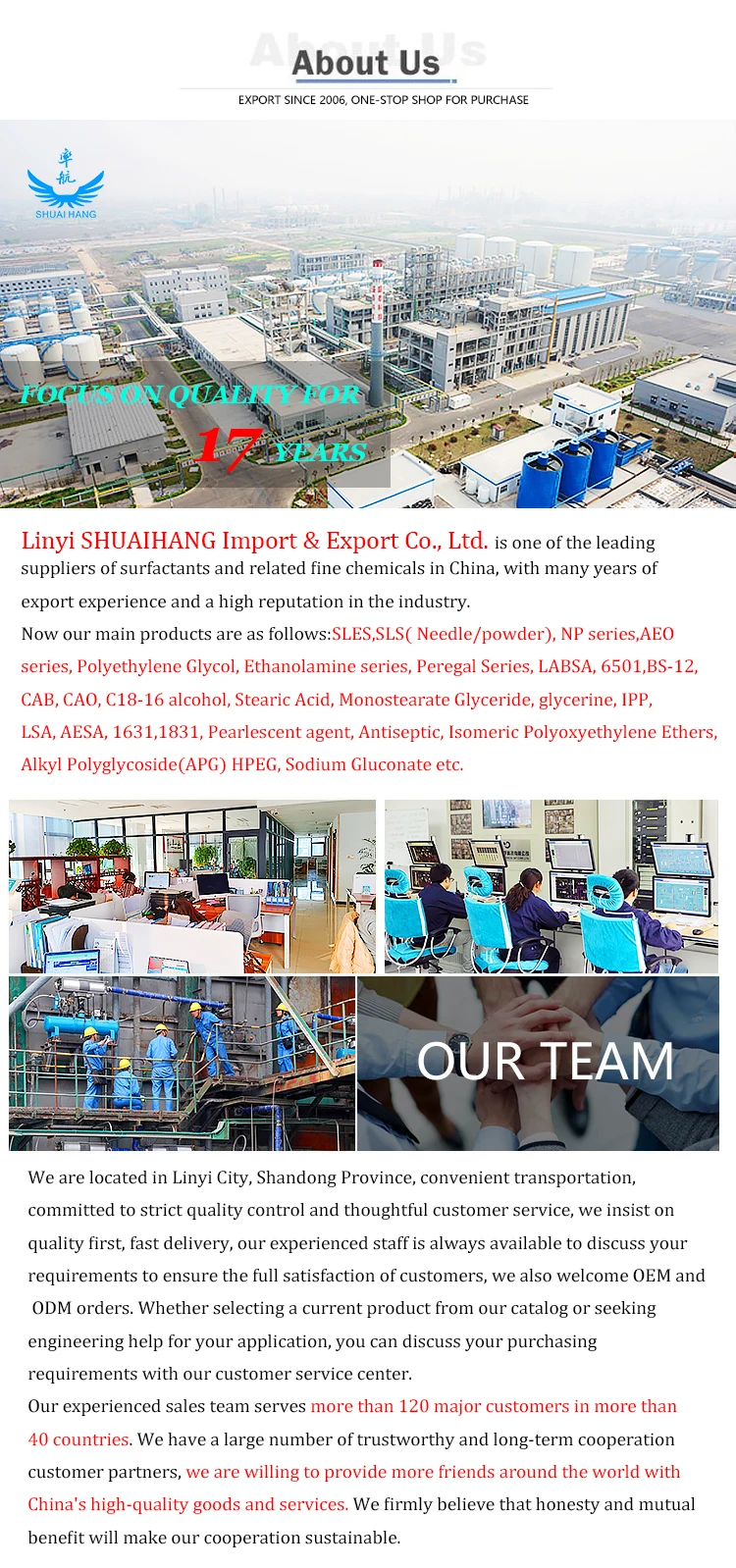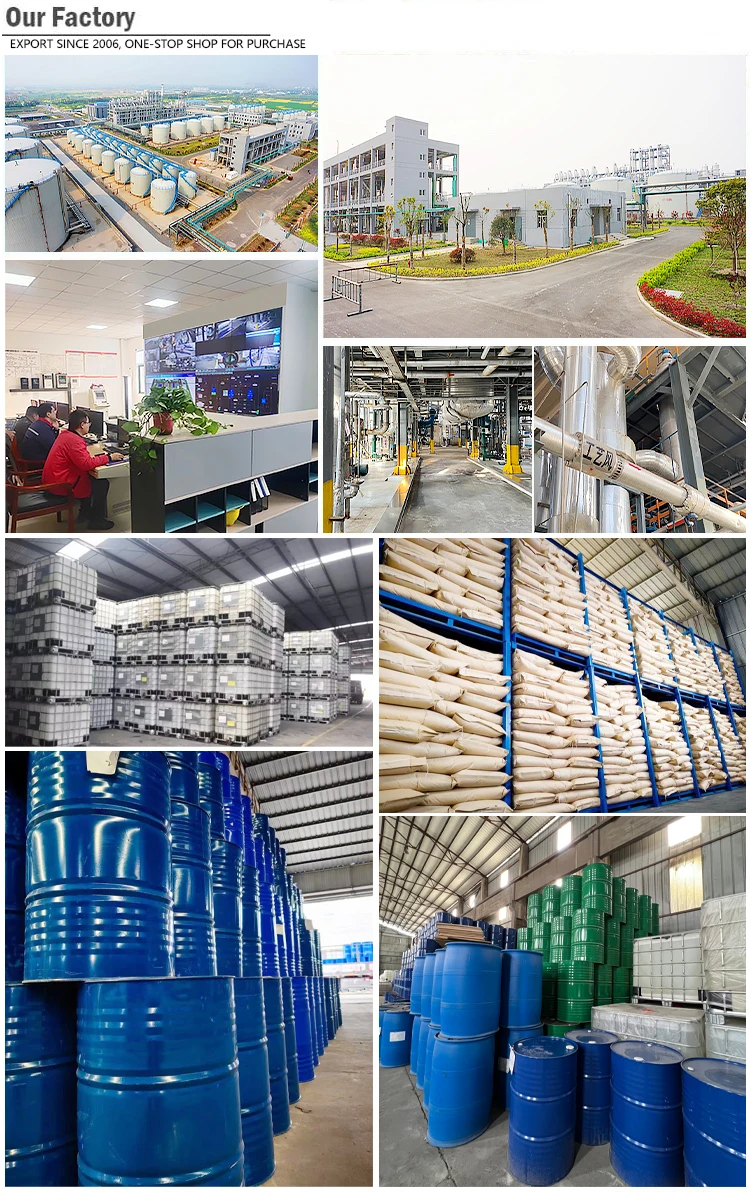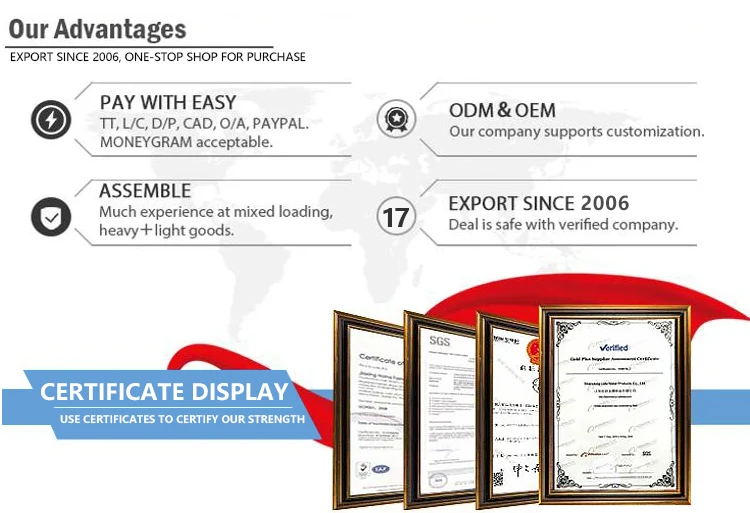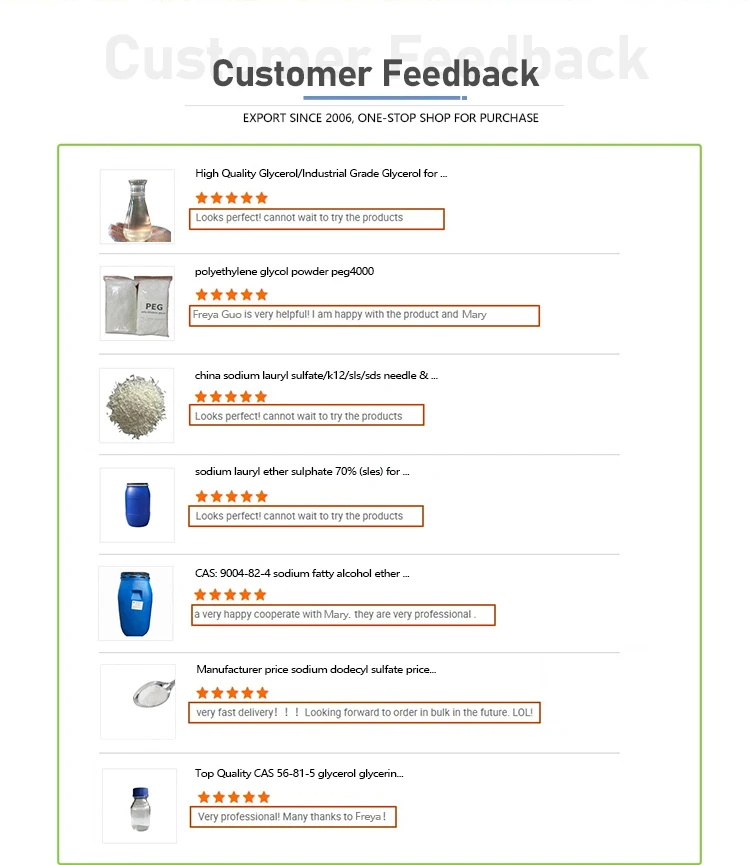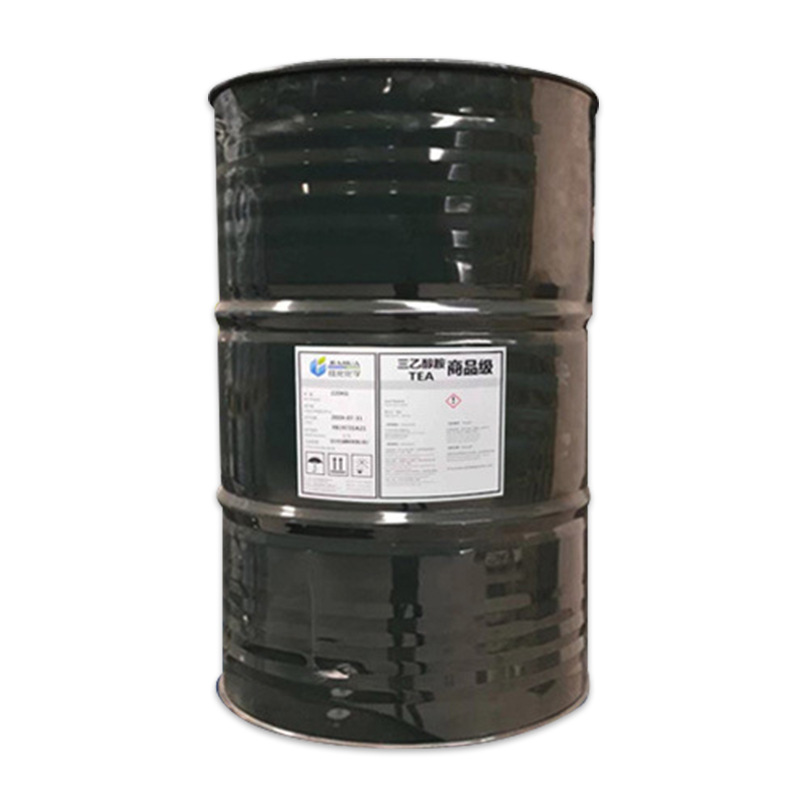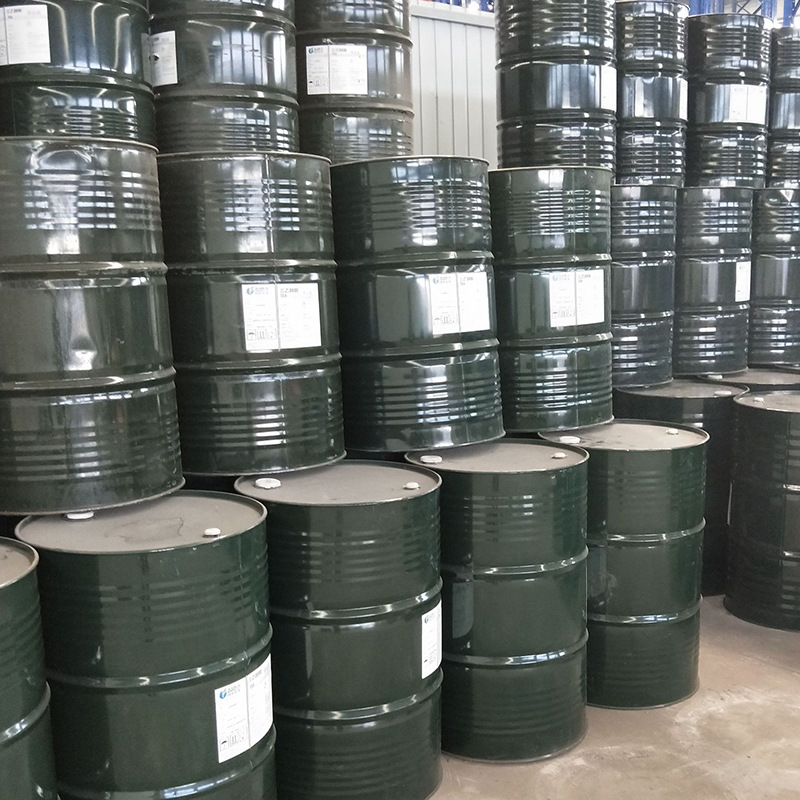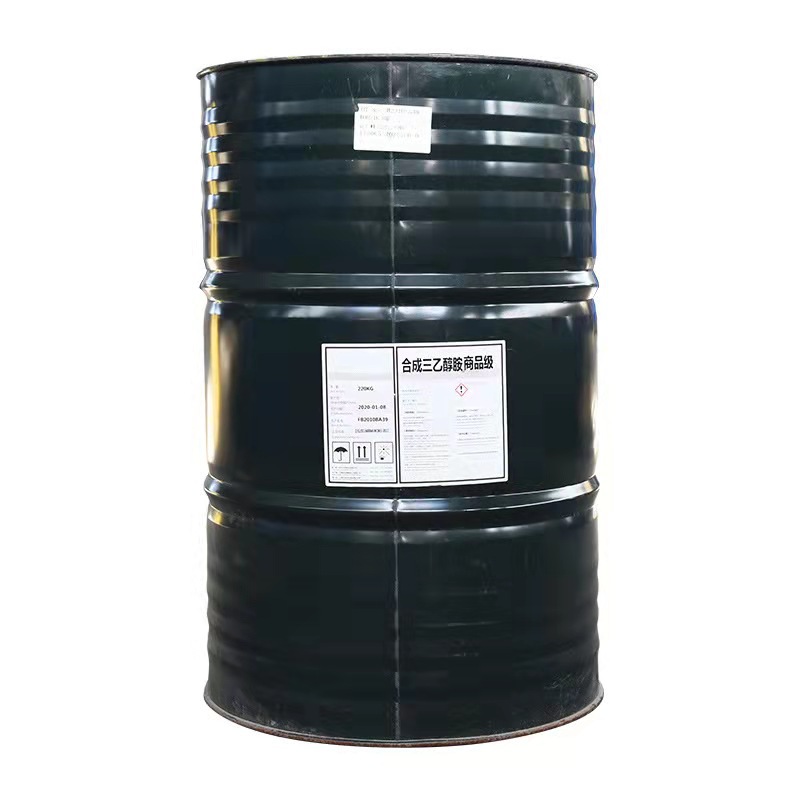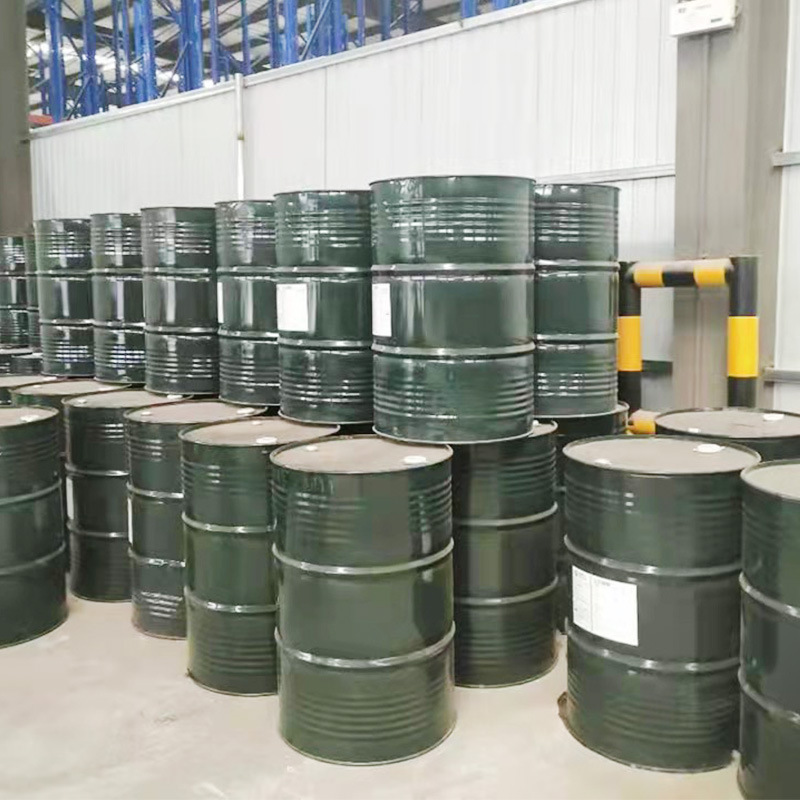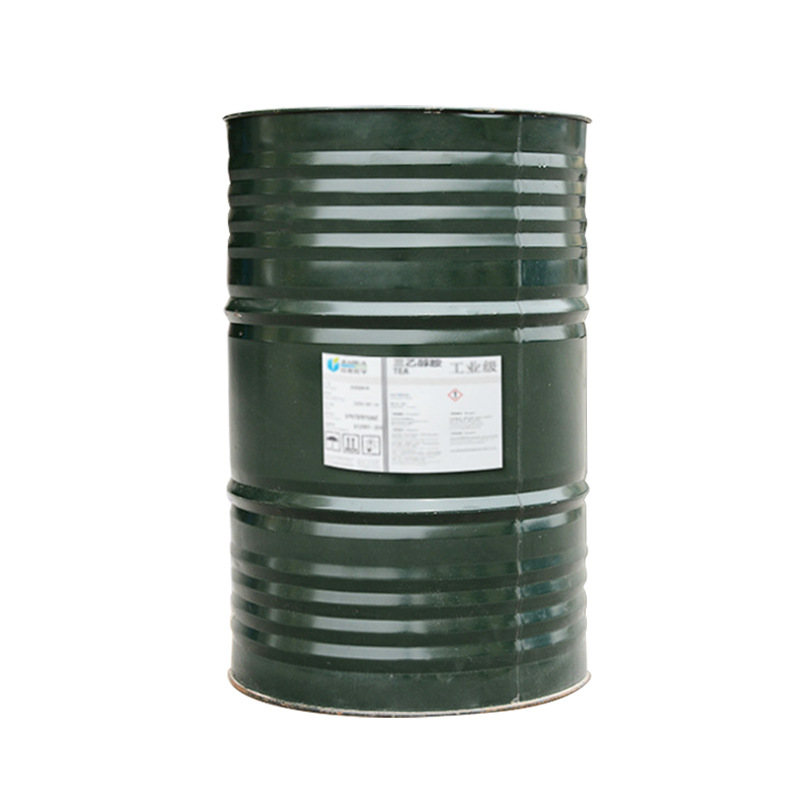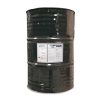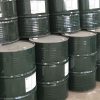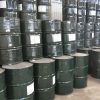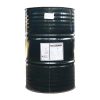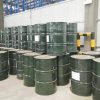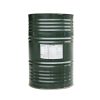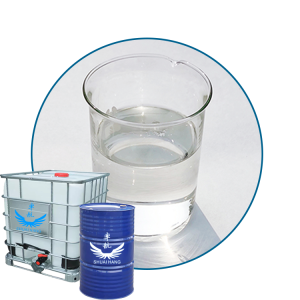Product use
1. Used as plasticizer, neutralizer, lubricant additive or anti-corrosion agent and humidifier for textiles and cosmetics
Dispersants and dyes, resins, etc. Used as curing agent of epoxy resin, reference dosage 12-15 parts (mass fraction), curing condition 80℃/4h or 120℃/2h. It can also be used as raw materials for the synthesis of surfactants, detergents, stabilizers and fabric softeners. It is used in cosmetic formulations to neutralize soap with fatty acids and to neutralize amine salts with sulfated fatty acids. Used in waste gas treatment to remove hydrogen sulfide and carbon dioxide and other acid gas cleaning fluid. Can also be used for natural rubber, synthetic rubber vulcanization activator, nitrile rubber polymerization activator, can also be used as lubricating oil and anti-corrosion additives.
2. The long-chain fatty acid salt of triethanolamine is almost neutral, and can be used as emulsifier for oils and waxes. The oleic acid soap can increase the washing capacity of gasoline. Stearic acid soap is used in scented cosmetics. Triethanolamine can be used as a solvent for casein, shellac, dye, etc.
It can also be used as industrial gas purifier, fiber treatment agent, anti-corrosion additive, plasticizer, humectant, chelating agent, rubber vulcanization accelerator, photographic developer additive, detergent, cement enhancer, anti-carbon additive, etc.
3. Used as a corrosion inhibitor, triethanolamine is an important corrosion inhibitor component in boiler water treatment, automotive engine coolant, drilling and cutting oils. It can also be used in surfactants, textile products, waxes, polishes, herbicides, oil demulsifier, cosmetics, cement additives, cutting oil, etc.
4. Used as gas chromatography fixing liquid, metal masking agent, compounding agent, emulsifier, dry cleaning agent, solvent, softener and resin synthesis.
5. Mainly used for the preparation of surfactants, detergents, stabilizers, emulsifiers and fabric softeners. The addition of triethanolamine to liquid detergent can improve the removal of oily dirt, especially non-polar sebum, and improve the decontamination performance by increasing the alkalinity. In addition, in liquid detergent, its compatibility is also excellent.
6. Triethanolamine and its salt solution as additives in the cement grinding process can not only prevent the accumulation of powder particles and air cushion effect in the crushing process, improve the fluidity and filling density of cement, but also reduce the power consumption of the crusher.
7. In basic zincate zinc plating can be complexed with zinc, improve the cathode polarization of the plating solution, so that the coating crystallizes, the high content will reduce the deposition rate, the low will make the coating gray rough, poor dispersion, the general content is 20 ~ 30mL/L. However, the viscosity of triethanolamine is large, so that the upper limit of the current density of the bath is reduced.
8.[1] Pharmaceutical excipients, used as emulsifiers, pH regulators (neutralizing agents). Triethanolamine is a commonly used emulsifier in cream preparations. The cream products emulsified with triethanolamine have the characteristics of fine paste and bright white paste. In addition, the colloidal phase formed by triethanolamine and advanced fatty acids or fatty alcohols is stable, and the product quality is stable, and the external component can be accommodated with high proportion. Triethanolamine is the most commonly used neutralizer containing acidic polymer gels such as carbomer. Triethanolamine forms a stable polymer structure by neutralizing carboxyl groups such as carbomer to achieve the application effect of thickening and moisturizing.
9. Other uses
(1) Detergent raw materials; Beauty raw materials; Skin care products, cosmetics raw materials.
(2) Triethanolamine is also a highly effective chelating agent, which can chelate various heavy metals.
(3) Triethanolamine is also a good solvent, hygroscopic agent, used in the textile industry.
⑷ Triethanolamine also has the role of a neutralizer in cosmetics, which can be neutralized with CP-940 to achieve thickening
And moisturizing effect.
(5) Used for industrial gas purification, pH control stabilizer, rubber vulcanization accelerator, developer stabilizer, engine carbon prevention agent.
(6) For engineering admixtures, as early strength agents, to improve the concrete setting speed.
In the machining industry, it reacts with oleic acid to produce oleic acid triethanolamine grease to prepare cutting fluid.
